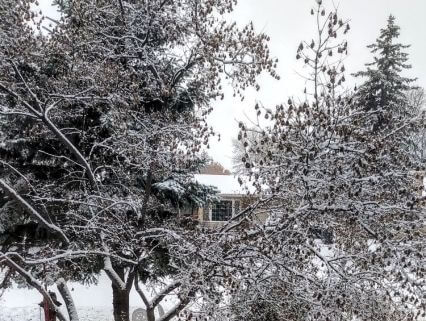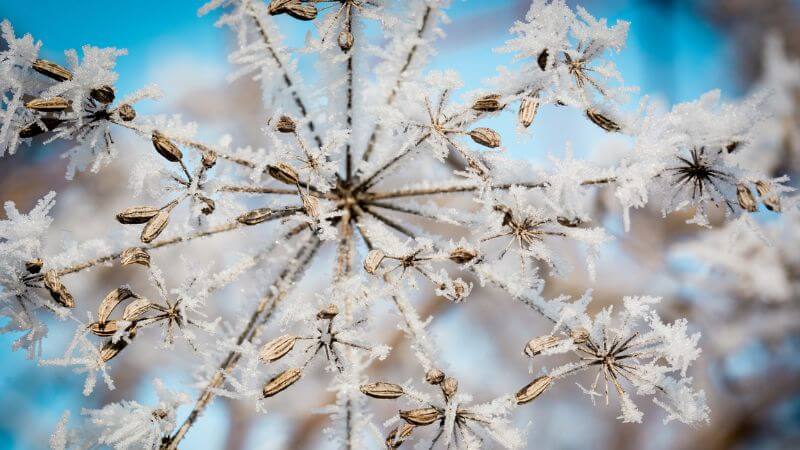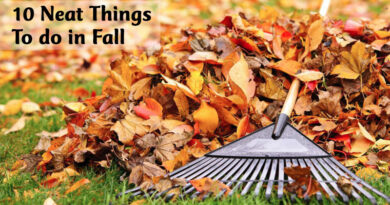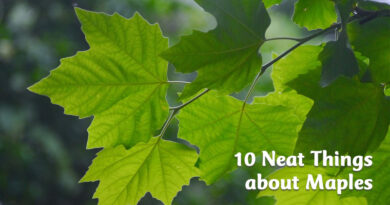10 Neat Things About Snow in the Garden
The sound of boots crunching through snow in the stillness of winter is quintessentially Canadian. But have you ever stopped to wonder about the hidden benefits of snow? Beyond its beauty, snow enriches the soil with nutrients, shields plant roots from the cold, and even helps cleanse the air of certain pollutants. Beneath this frozen blanket lies a hidden world: a secret society of animals thriving in the shelter of the snow. Keep reading to find out more.
1. Snow as a water reserve
Snow is more than just water for plants. It releases moisture slowly, allowing it to seep into the soil rather than running off like rain might. This slow absorption can replenish deeper soil layers, which is crucial for trees and shrubs emerging from dormancy.

2. Nitrogen bringer
Snow captures nitrogen from the atmosphere during its formation, primarily in the form of nitric acid and ammonia. As the snow melts, this nitrogen is slowly released into the soil, providing a natural fertilizer that boosts early spring growth. When the snow melts, this nitrogen-rich water can act as a natural fertilizer, giving your soil a slight nutrient boost in the spring.
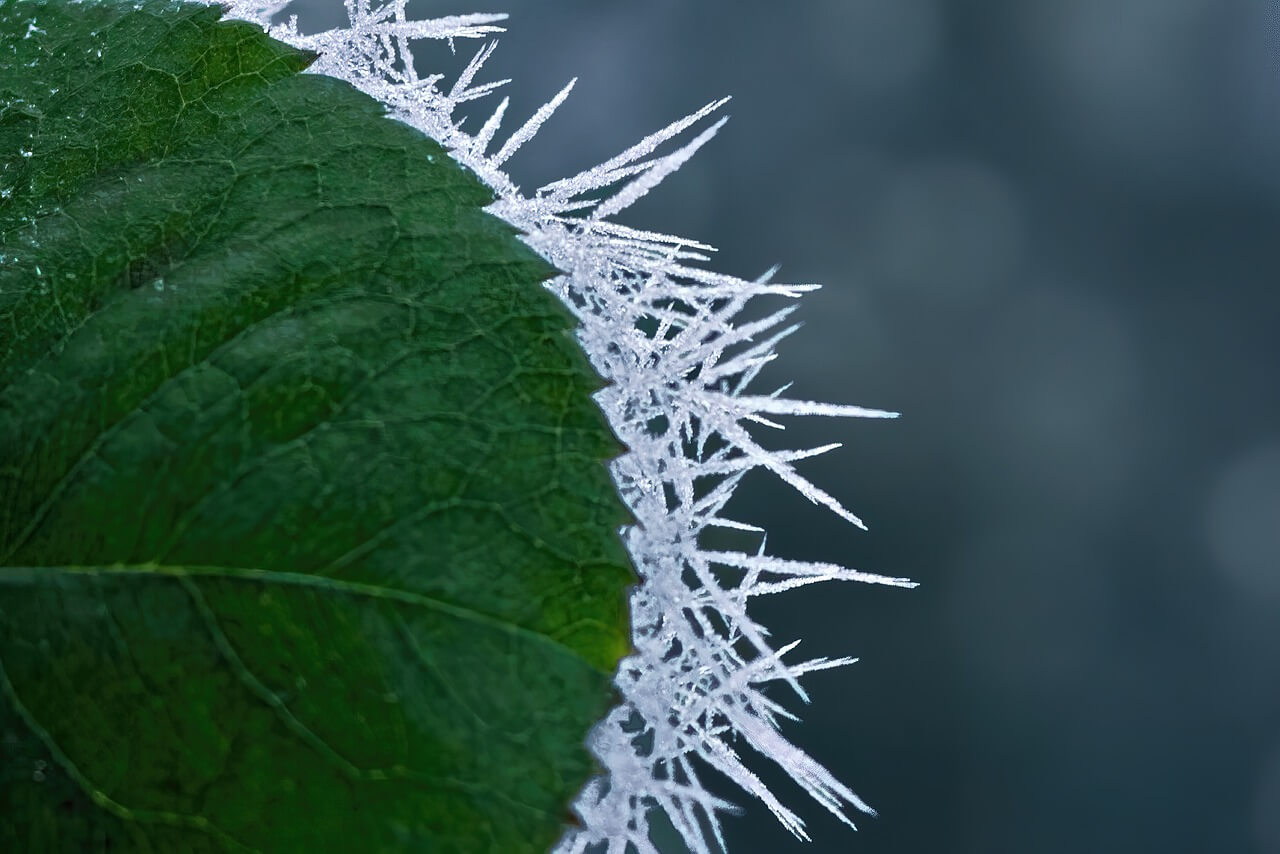
3. Soil aeration benefits
The freeze-thaw cycles that occur under a snowpack may be bad for roads, but it can naturally aerate the soil by causing it to expand and contract. This process improves soil structure and allows roots to grow more effectively in the spring.
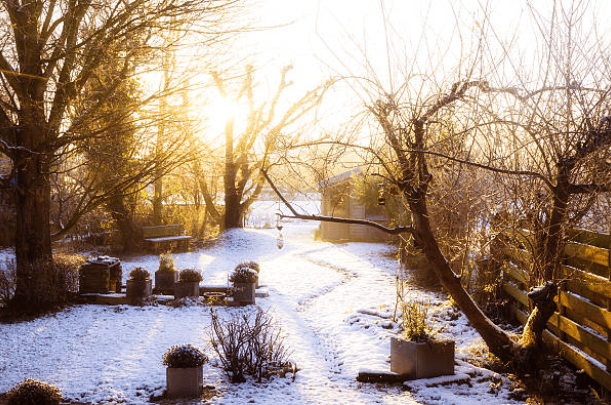
4. Temperature stabilization benefits
At the same time, snow reflects sunlight back into the atmosphere, reducing soil temperature variability. This stabilizing effect can prevent cycles of freezing and thawing that might otherwise damage root systems and soil structure.The key difference lies in whether the snow is consistent and deep enough to maintain stable conditions or thin and patchy, allowing the underlying soil to respond to temperature fluctuations.
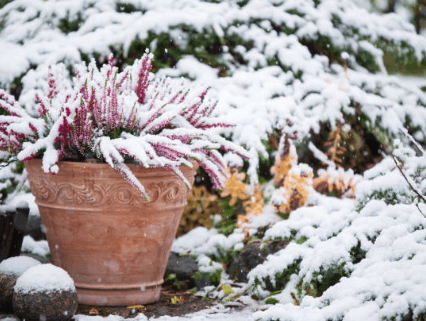
5. The pukak layer.
This is a fascinating and vital part of snow ecology. It refers to the loose, porous layer of snow that forms at the base of the snowpack, right where it meets the ground. This layer creates a unique microhabitat that offers warmth, shelter, and protection for small animals like mice, voles, and shrews during the winter. (If you suffer vole damage, you might not care much for the pukak!)
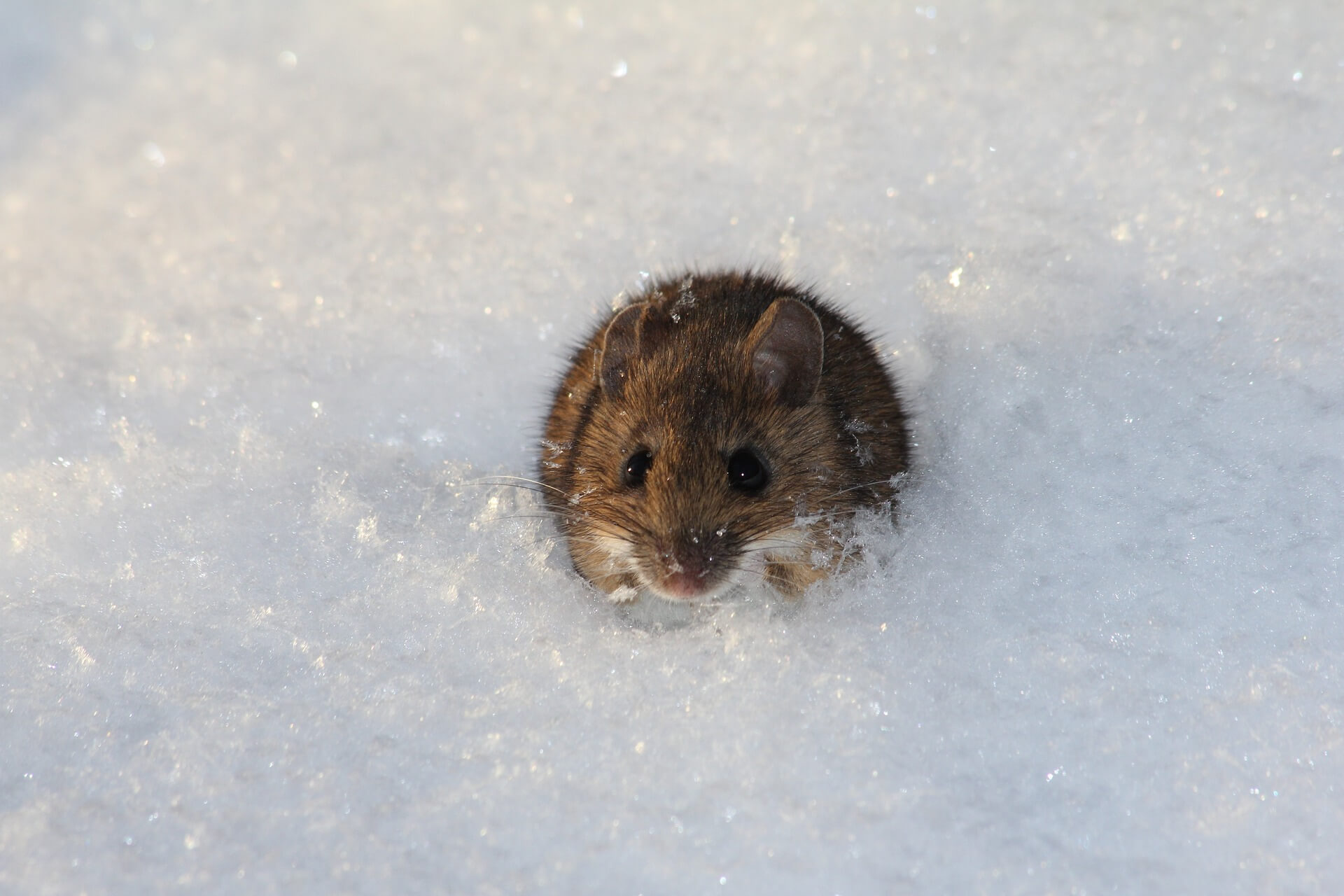
6. Salt damage prevention.
When snow melts near salted roads, the salt can seep into the soil, potentially harming plant roots. However, a thick snow layer can temporarily shield garden soil from absorbing harmful road salts until spring runoff dilutes the contamination.
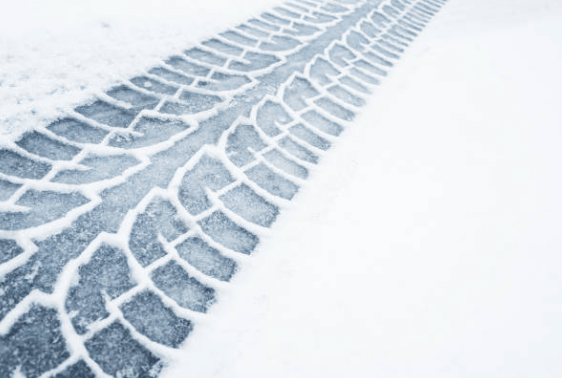
7. Encouraging frost seeding.
Snow aids frost seeding, a method where seeds of hardy plants like clover or grasses are sown over frozen ground. Snow’s freeze-thaw action helps pull the seeds into the soil, aiding germination when the weather warms.
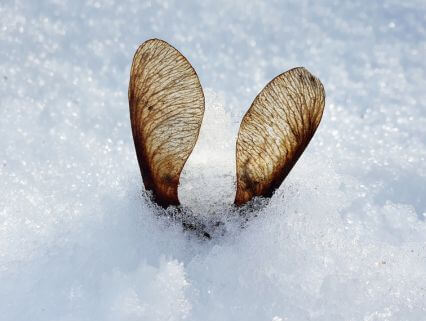
8. Snow and soil microbes.
Under a snow cover, the soil’s microbial life can remain active even in winter. These microbes continue breaking down organic material, enriching the soil and preparing it for spring planting.
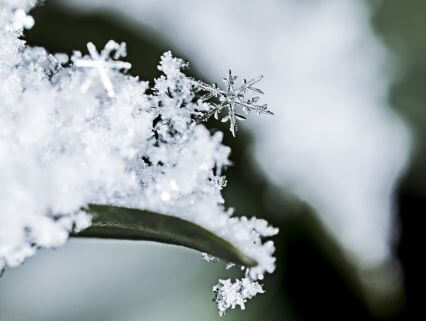
9. Chemical cleaning.
Snowflakes can trap and remove pollutants like sulphur dioxide and nitrogen oxides from the atmosphere. When the snow melts, these compounds are deposited into the soil in small amounts, often with negligible harm and potential benefit for soil nutrients.
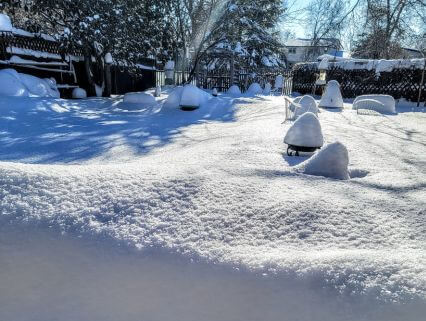
10. Snow load as natural pruning.
While heavy snow can damage plants, it can also prune weak or dead branches that might harbour pests or diseases. Gardeners can use this opportunity to inspect and tidy up plants during the winter months.
